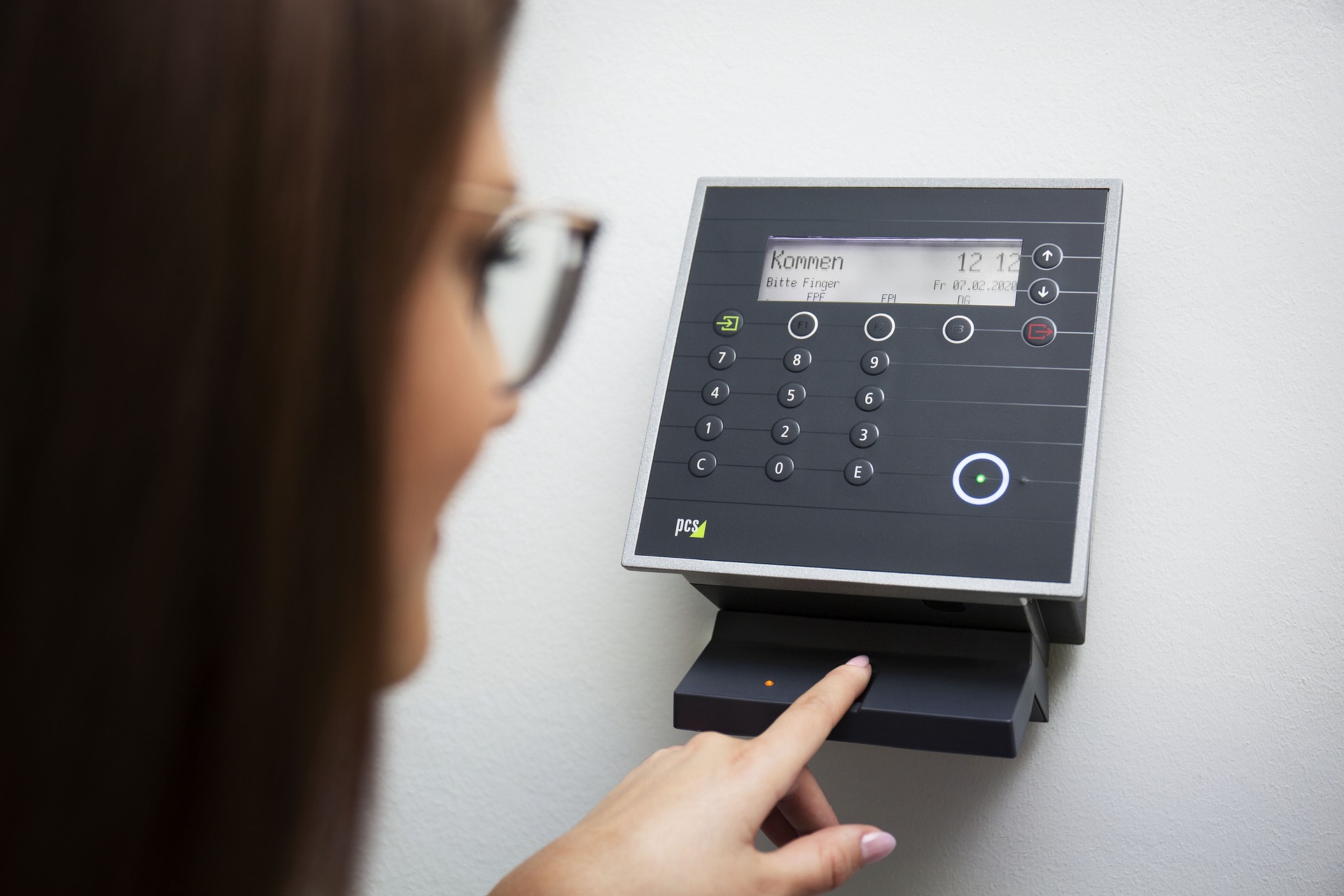Office Space choices shape how businesses operate, collaborate, and present themselves to clients. Whether a small startup, a remote-first team, or a growing firm, understanding the differences between private offices, shared workspace, and coworking setups helps match day-to-day needs with budgets and culture. This article explains common office configurations, how to design an effective desk area, and practical considerations when evaluating workspace options in your area.
Flexible office space refers to arrangements that let businesses scale, change layout, and vary commitment length without long-term leases. These can include serviced offices with managed facilities, short-term private suites, or open-plan areas that companies can rent by the month. Flexibility often covers utilities, cleaning, and reception services bundled into one fee, which shifts some operational tasks away from the tenant.

Flexible offices suit teams that anticipate growth, need temporary setups during transitions, or want to avoid capital expenditure on fit-outs. They also allow businesses to test new locations or staffing models with reduced risk compared with traditional long leases. When comparing options, consider access hours, security, and what shared amenities are included versus charged separately.
How does a modern workspace support business needs?
A modern workspace balances productivity, collaboration, and employee wellbeing. Design elements like natural light, quiet zones, meeting rooms, and breakout areas influence how teams focus and interact. Technology infrastructure — consistent internet, video-conferencing facilities, and secure networks — is also a core part of functional workspace planning for any business.
Beyond physical features, workplace policies matter: clear booking systems for rooms, guidelines for hot-desking, and designated areas for focused work can reduce friction. Evaluate how a workspace supports recruitment and retention, as location and amenities increasingly factor into employee preferences and can affect operational efficiency and company culture.
When to choose coworking over a private office?
Coworking spaces provide communal work environments where individuals and small teams share resources like meeting rooms, kitchens, and events. Choose coworking if your business values networking, needs minimal setup, or prefers short commitments. These spaces can be cost-effective for solo professionals, remote workers, and early-stage startups that benefit from community programming and flexible membership tiers.
However, coworking may not be ideal for confidential projects or teams requiring custom security and branding. If consistent privacy or heavy equipment use is necessary, a private office or dedicated suite within a managed building might better suit business requirements while still offering some shared services.
How to set up an efficient desk area
An efficient desk setup balances ergonomics, organization, and the tools you use daily. Select a chair and desk height that support neutral posture, position monitors at eye level to reduce neck strain, and keep frequently used items within arm’s reach. Cable management, adequate lighting, and a comfortable keyboard and mouse also reduce fatigue and improve productivity.
For shared or hot-desking environments, create a compact portable kit (headset, mouse, charger) and use digital storage for files to reduce friction when switching desks. Personalization can be minimal but meaningful — a few small items can help employees feel settled without consuming communal space or creating clutter.
Finding office and workspace options in your area
When searching for workspace, consider proximity to public transport, client accessibility, parking, and local services that support daily operations, such as printing, catering, or postal handling. Map multiple options and compare what’s included in membership or rent, such as utilities, cleaning, and reception. Touring spaces during typical work hours offers insight into noise levels, occupancy, and community dynamics.
For businesses expanding into new cities or regions, investigate local services for business registration, insurance providers, and labor market conditions. Reading reviews and requesting references from current tenants can reveal practical details about management responsiveness and maintenance standards.
Conclusion
Choosing the right office space involves weighing flexibility, cost, culture, and the practical needs of the team. Whether you opt for coworking, a serviced office, or a traditional leased space with a dedicated desk, clarity about your business priorities will guide better decisions. Regularly reassess workspace arrangements as your company evolves to ensure the physical environment continues to support productivity and employee wellbeing.


